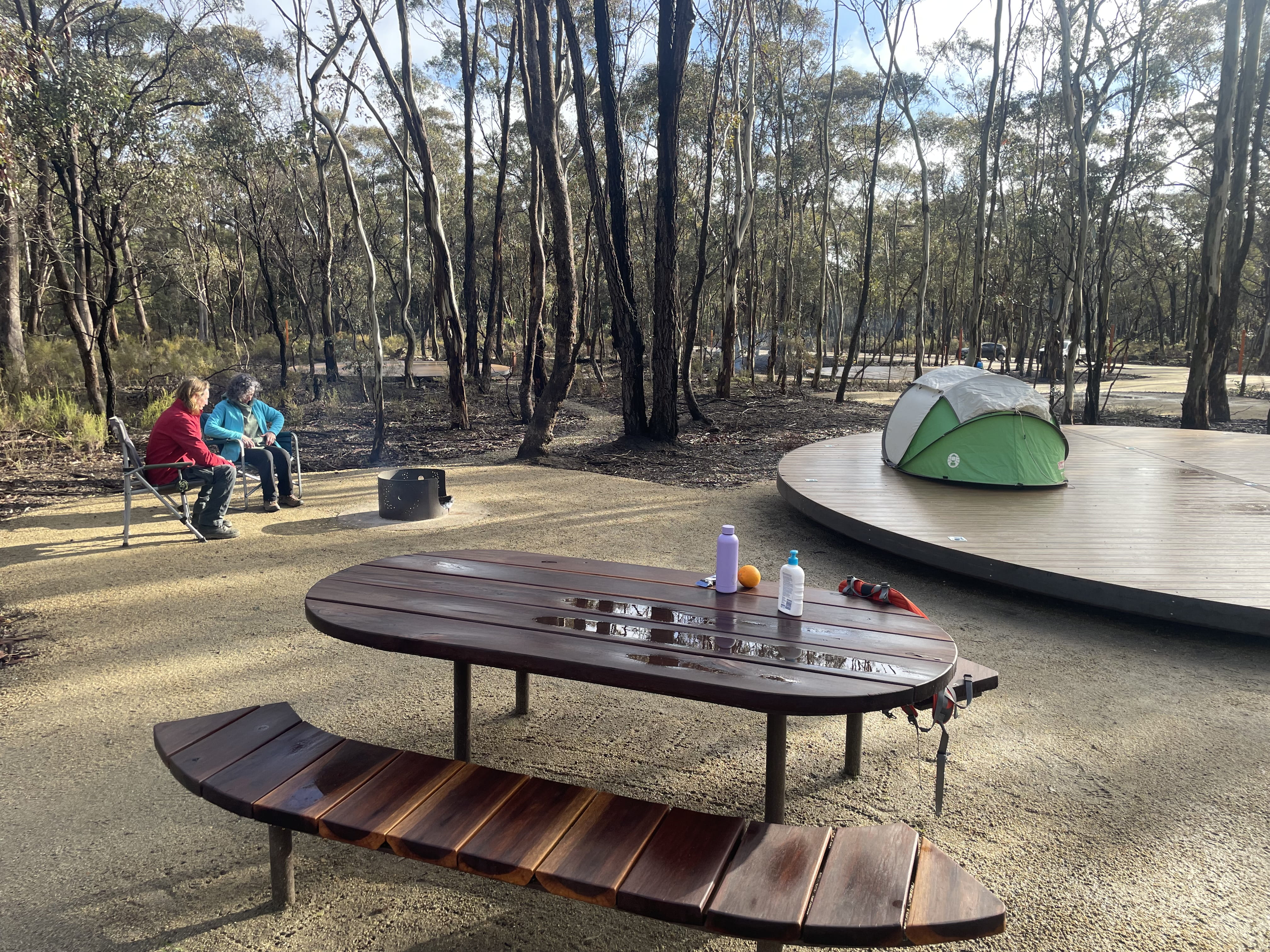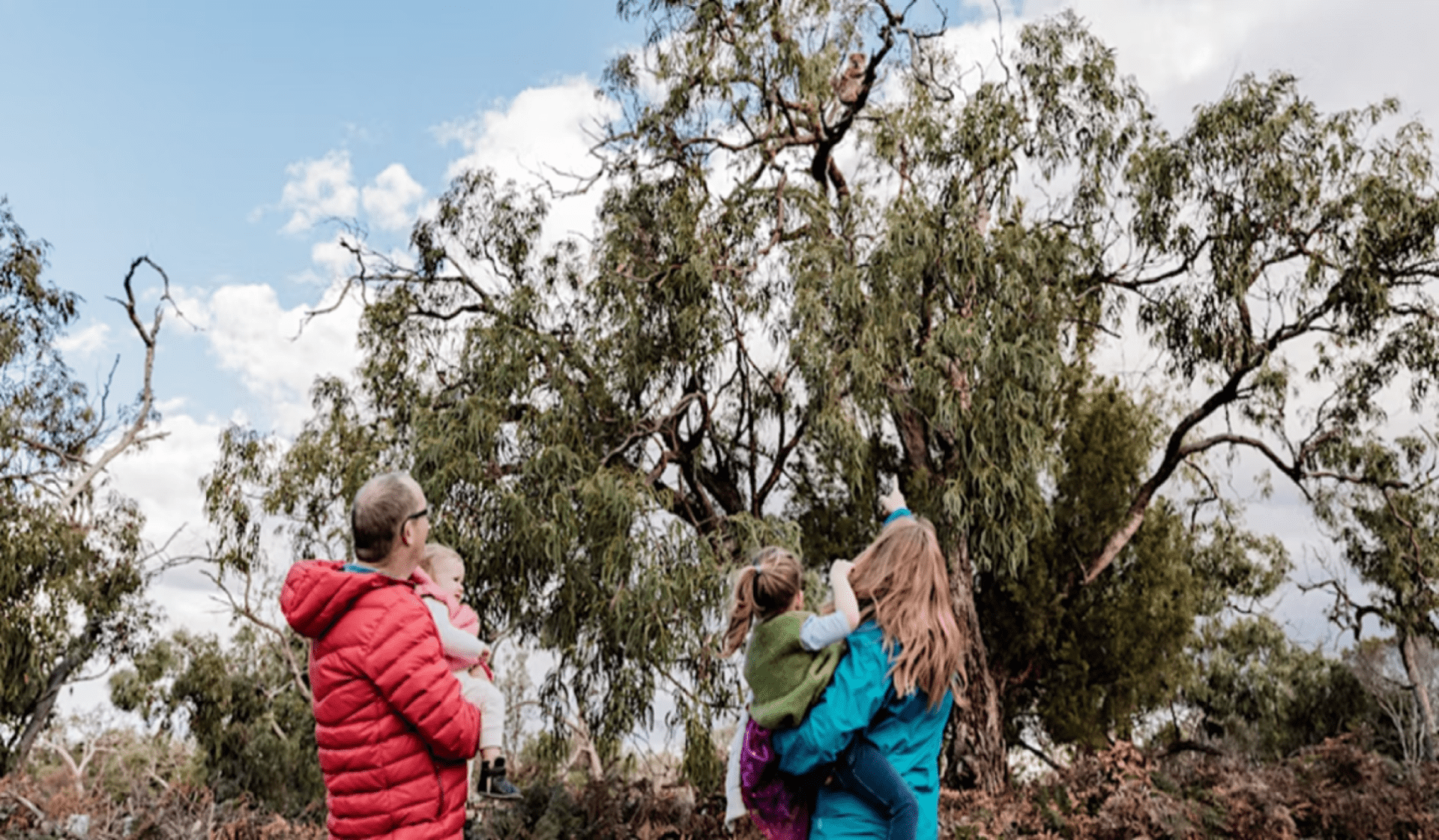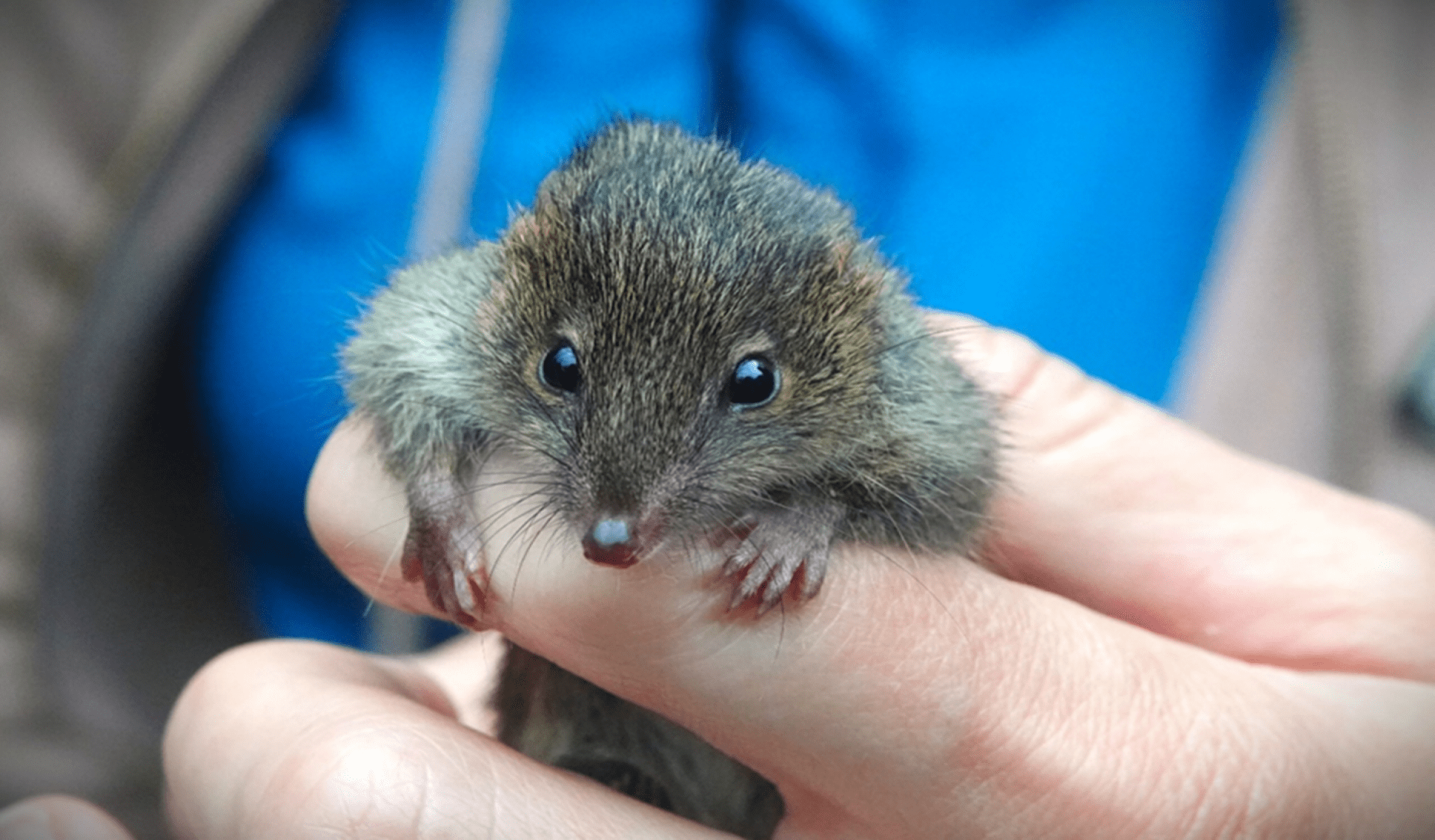7 unexpected things found in our parks
Tuesday 1 December, 2020
When you think of Victoria’s parks, the first things that comes to mind are probably found on land – mountains, trees and grassy plains. However, did you know that Parks Victoria also manages 30 marine protected areas? What you’ll find there might surprise you!
1. Deep volcanic reefs
Discovery Bay Marine National Park is home to a series of deep volcanic reefs. It’s also Victoria’s marine gateway to the Great Australian Bight and the expanse of the Southern Ocean whose visitors include the largest creatures to ever live, giant Blue Whales.
Discovery Bay Marine National Park is Victoria's western-most marine protected area. It is home to a huge array of unique marine life that has evolved to survive in a harsh environment. There is a fascinating diversity of marine life due to the cold, nutrient-rich waters
“Discarded gear and rubbish can endanger birds and marine animals – so please take your rubbish home when visiting the park” says Portland Ranger Team Leader Peter Hill.
2. A unique world-class marine protected area in Melbourne’s backyard
Made up of six marine areas not far from Melbourne is Port Phillip Heads Marine National Park. Here you’ll find a diverse range of habitats from deep colourful sponge gardens to shallow seagrass beds mudflats.
The variety of habitats results in an abundance of marine species. Swaying kelp forests, colourful fish, invertebrates like jewel anemones, colonies of seabirds, dolphins and fur seals all call this park home.
Port Philip Heads Marine National Park has many internationally recognised dive sites, that can cater from beginners to very experienced divers. There are also great spots to enjoy swimming, canoeing and kayaking, and surfing.
“You can enjoy and help us look after the amazing marine life in the Port Phillip Heads Marine National Park by remembering this is a “no-take” area and avoiding fishing and collecting within park boundaries” says Queenscliff Marine Ranger Monique Bregman.
3. The oldest flora alive in our parks
This park includes the world-famous surfing venue at Bells Beach and is powered by the energy of the waves. Below the surface of Point Addis Marine National Park is the oldest flora alive in our parks, a special group of coralline red algae known as “Rhodoliths”.
Surf the famous breaks, explore the rockpools or dive and snorkel the subtidal reefs. For those who prefer to stay on dry land, you can enjoy spectacular views from the boardwalk lookout. Visit from May to September and you might even spot a whale!
“Please stay on tracks when accessing the beaches and reefs in Point Addis Marine National Park to help us look after this magnificent part of the Great Otway coast” says Lorne Ranger Team Leader Peter Hay.
4. An eco-system rivalling the Great Barrier Reef
Did you know that one of the richest marine ecosystems in Australia can be found right here in Victoria? Wilsons Promontory Marine National Park is Victoria’s largest marine protected area. There's a huge diversity of marine life, including brightly coloured sea stars, soft corals, fish and sponges.
Wilsons Promontory Marine National Park is especially unique as it is one of the few marine protected areas in the world that surrounds a national park. This means it’s fully protected from the tops of the mountains to the bottom of the sea! It’s also the only designated Blue Park in Australia, recognised for its outstanding contribution to marine conservation.
“Diving at the Prom is a special experience and practising minimal impact diving and snorkeling techniques such as avoiding direct contact with reefs can help us look after this amazing park” says Marine Ranger Tess Hoinville.
5. A mushroom shaped reef
Mushroom Reef Marine Sanctuary protects 80ha of the open coast at Flinders on the Mornington Peninsula. At low tide, the sea withdraws to reveal the huge, mushroom-shaped reef the park is named for. Other reefs lie to the left and right and further out to sea, creating a mosaic of sheltered bays and pools.
The reef, formed from ancient basalt, has created a multitude of micro-habitats. This area is famous for its diversity of marine life. In fact, species were discovered in the area not previously known to science.
“When exploring the rockpools always replace any organisms or rocks you may have disturbed to help care for marine life” says local Marine Ranger Thierry Rolland.
6. Shipwreck remains
The name of Beware Reef Marine Sanctuary came from a warning on an early map to navigators. The partially exposed granite reef claimed three ships, which can now be explored by Scuba divers. Divers should check out the Diver guide and Marine life publications by Friends of Beware Reef.
Beware Reef Marine Sanctuary is located off the shore of East Gippsland. This unique location means it is teeming with more than 100 species of fish, some at the southernmost extent of their range in Australia. The reef also supports large areas of kelp forests, and rocks covered by a wide range of invertebrates.
“Remembering that all marine life and shipwreck artefacts in Beware Reef Marine Sanctuary are protected by law will help us care for this special place” says Orbost Ranger Team Leader Mike Irvine.
7. One of the highest species diversity levels of any place on the planet
Ninety Mile Beach Marine National Park is known to have one of the highest species diversity levels on of any place on the planet. Here, 860 species were discovered within ten square meters. The park is adjacent to Gippsland Lakes Coastal Park and covers 5km of coastline.
Divers and snorkelers will find an underwater world different to elsewhere in Victoria. Beneath the water, vast plains of sand stretch in every direction. These sandy expanses are swarming with marine life. This includes tube building worms, small molluscs and many tiny crustaceans.
“Being aware of and avoiding areas with beach nesting birds like Hooded Plovers whilst on the beach will help us look after the parks” says Mark Rodrigue, State-wide leader - Marine and Coasts.
Want to know more? Learn about our marine protected areas and marine habitats.




